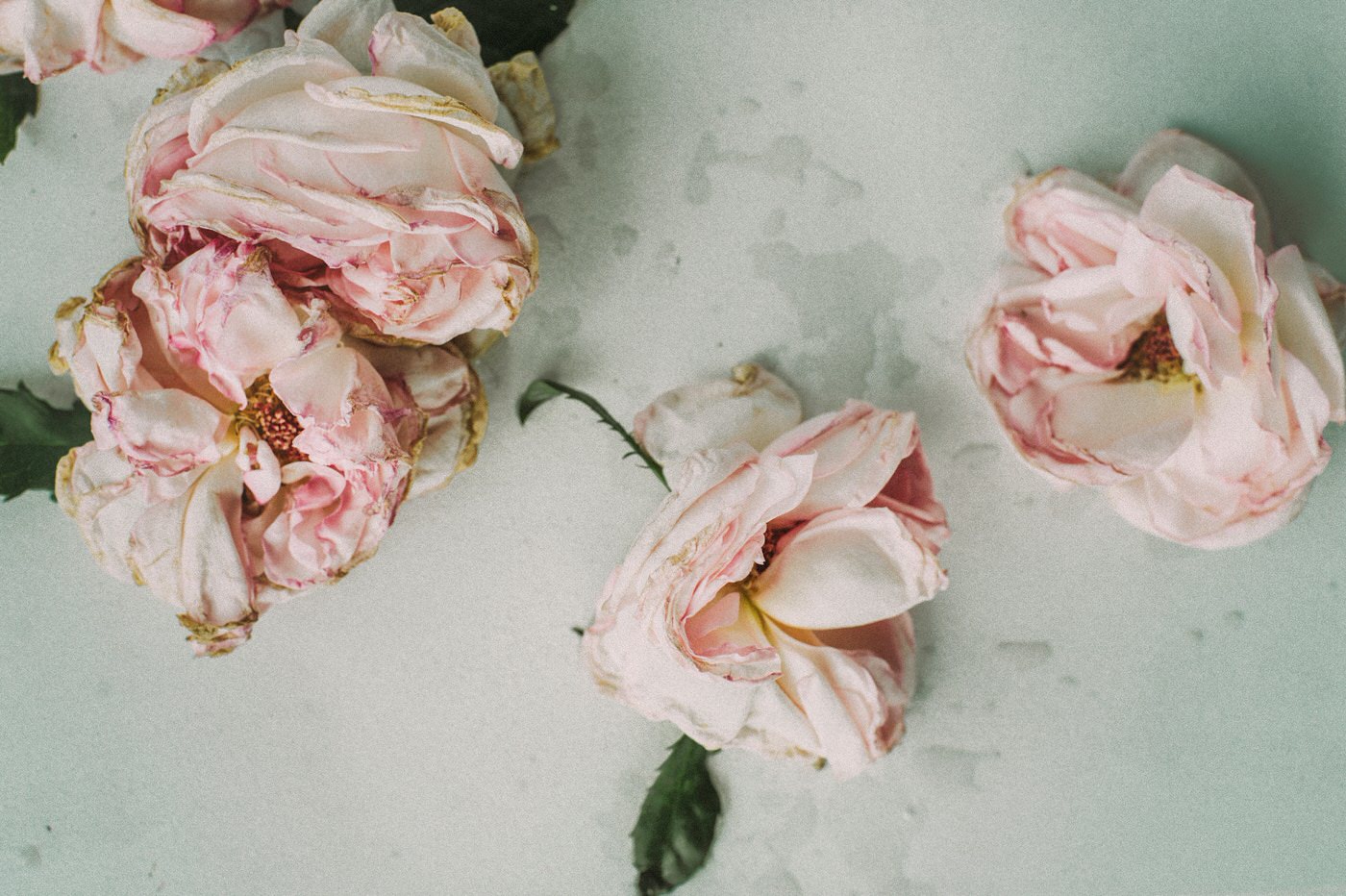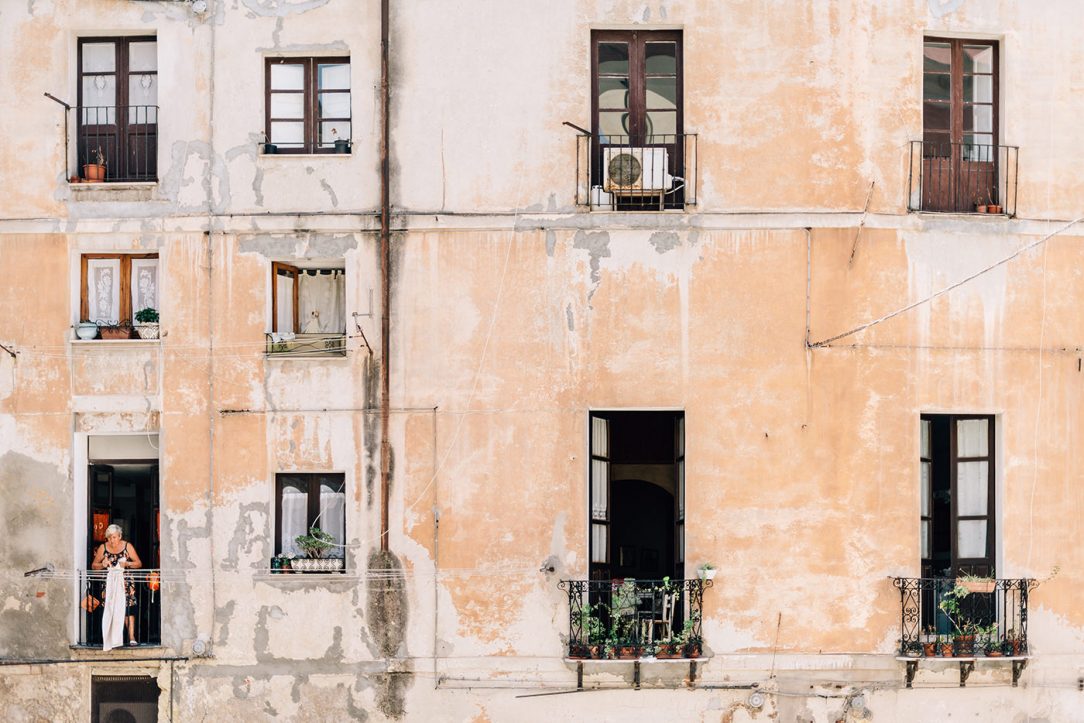In this way, with ten warriors, I built a series of three steps from the ground to the shoulders of the topmost man. Then starting from a short distance behind them I ran swiftly up from one tier to the next, and with a final bound from the broad shoulders of the highest I clutched the top of the great wall and quietly drew myself to its broad expanse.
After me, I dragged six lengths of leather from an equal number of my warriors. These lengths we had previously fastened together, and passing one end to the topmost warrior I lowered the other end cautiously over the opposite side of the wall toward the avenue below.
No one was in sight, so, lowering myself to the end of my leather strap, I dropped the remaining thirty feet to the pavement below.
I had learned from Kantos Kan the secret of opening these gates, and in another moment my twenty great fighting men stood within the doomed city of Zodanga.
I found to my delight that I had entered at the lower boundary of the enormous palace grounds. The building itself showed in the distance a blaze of glorious light, and on the instant, I determined to lead a detachment of warriors directly within the palace itself, while the balance of the great horde was attacking the barracks of the soldiery.
Design Elements
Design elements are the basic units of any visual design which form its structure and convey visual messages. Painter and design theorist Maitland E. Graves, who attempted to restate the fundamental principles of aesthetic order in visual design.

In his book, The Art of Color and Design, defined the elements of design as Line, Direction, Shape, Size, Texture, Value, and Color (in that order), concluding that “these elements are the materials from which all designs are built.”
- Color – Colors play a large role in the elements of design with the color wheel being used as a tool, and color theory providing a body of practical guidance to color mixing and impacts of a specific color.
- Line – Line is an element of art defined by a point moving in space. It is probably the most fundamental of the elements of design as it is usually the starting place for much of artistic creation.
- Shape – A shape is defined as a two or more dimensional area that stands out from the space next to or around it due to a defined or implied boundary, or because of differences of value, color, or texture. All objects are composed of shapes and all other ‘Elements of Design’ are shapes in some way.
- Texture – Meaning the way a surface feels or is perceived to feel. Texture can be added to attract or repel interest to an element, depending on the pleasantness of the texture.
- Space – In design, space is concerned with the area deep within the moment of designated design, the design will take place on. For a two-dimensional design, space concerns creating the illusion of the third dimension on a flat surface.
Principles of Design
Principles applied to the elements of design that bring them together into one design. How one applies these principles determines how successful a design may be.
Unity
According to Alex White, author of The Elements of Graphic Design, to achieve visual unity is the main goal of graphic design. When all elements are in agreement, a design is considered unified. No individual part is viewed as more important than the whole design. A good balance between unity and variety must be established to avoid a chaotic or a lifeless design.
Hierarchy
A good design contains elements that lead the reader through each element in order of its significance. The type and images should be expressed starting from most important to the least important.
Emphasis
Dominance is created by contrasting size, positioning, color, style, or shape. The focal point should dominate the design with scale and contrast without sacrificing the unity of the whole.


